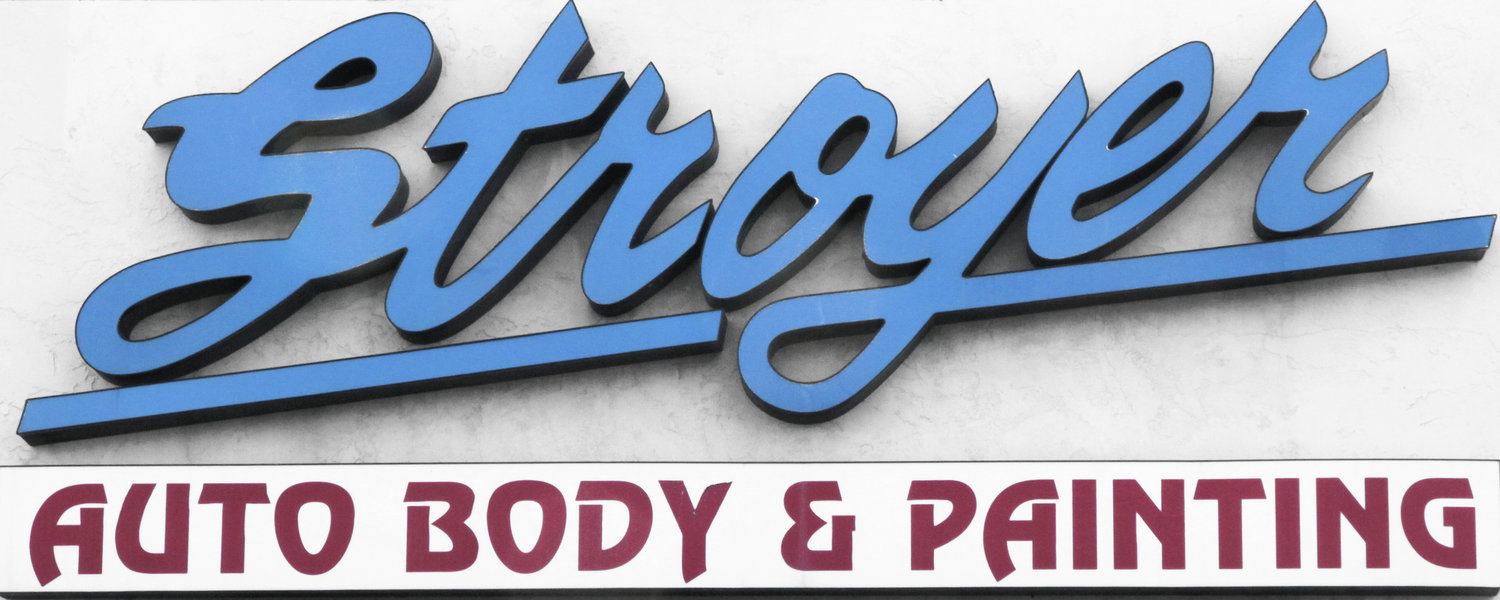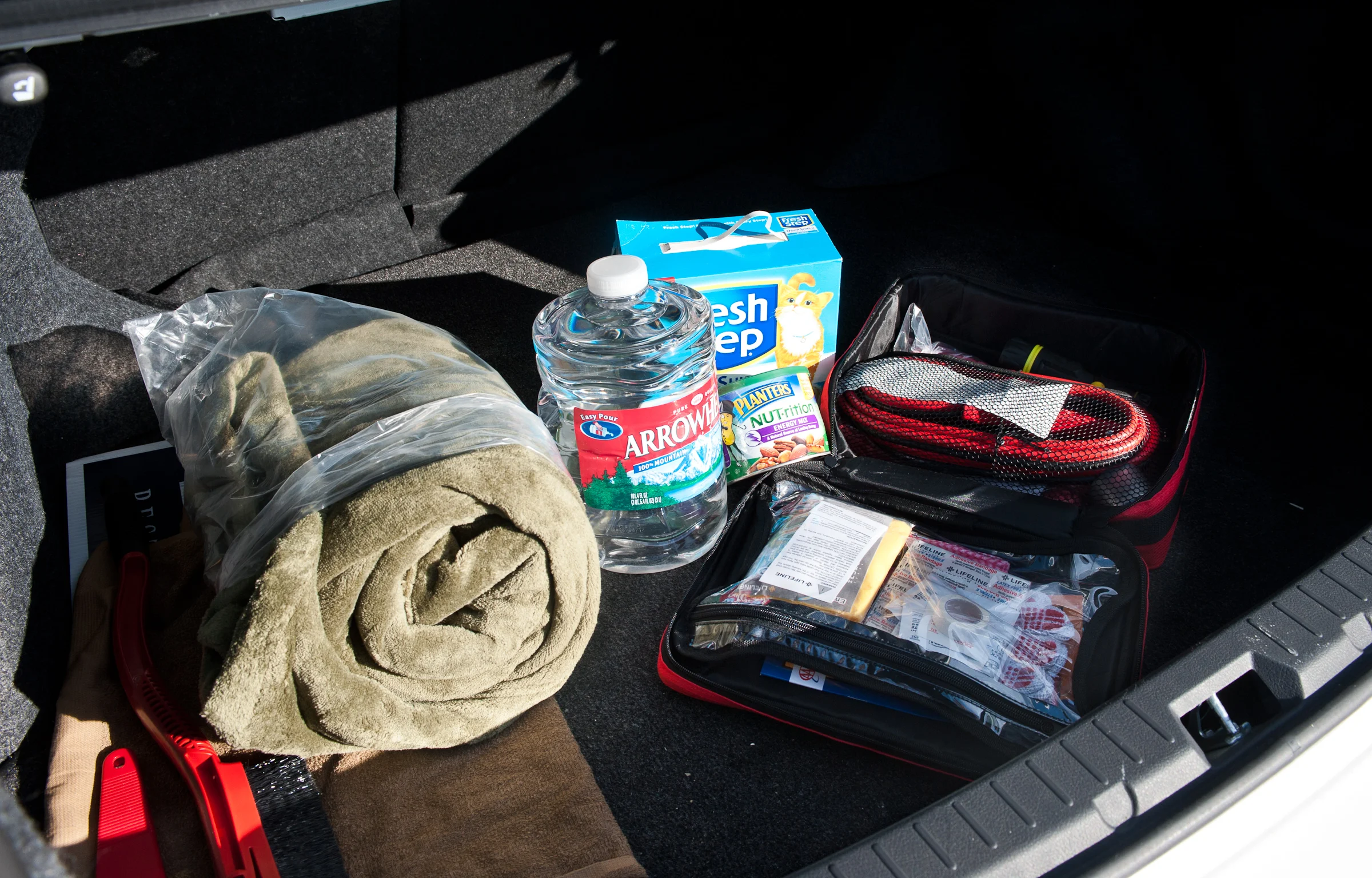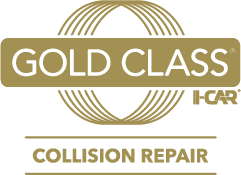From October 21 to December 20, the Stroyer Brothers Autobody and Painting family is joining forces with the Jacobs and Cushman San Diego Food Bank.. Our location conveniently located 360 N Hale Avenue in Escondido (near the Auto Park and Target) is accepting food donations on behalf of the food bank
2015 Toyota Scion TC before during and after
Low Cost Paint Job vs Proper Paint Job
More than meet the eyes: Honda Accord
Getting Your Car Ready For A Road Trip (2)
Holidays are around the corner and many will take road trips to visit family, go on vacation, go camping. Now is the time to make sure your car will take you safely to your destination. What should you check your car for?
Let’s take a walk around the car and get it ready for the trip
Tires:
Are they correctly inflated? Most tire stores will check your tire pressure at no charge or you can check them yourself, most gas stations have an air station and for a few quarters you can check the air pressure, you may even have one of those multi use gizmo that also has a compressor. Ideally you want to do it before driving and before your tires get warm. Check the recommended pressure, on most cars you will find it on the driver side pillar.
Do you have enough thread left to drive safely in the rain and if you are going up the mountains, in the snow. again, you can go to a tire store or do the penny test or as new studies suggest, replacing the penny with a quarter
Windows and mirrors:
Are they clean inside and out? Most clean the outside windows regularly or when they wash the car, most try to avoid cleaning the inside, especially the windshield but a dirty inside windshield is a safety risk. Dust on the outside and the film on the inside both increase glare and as a result driver fatigue, reduces visibility, and increases the risk of accident
Don’t forget the rear window. I know, it’s a pain to clean on sedans and coupes but with time they also get dirty and create glare from headlights at night
Windshield wipers
When did you last check your windshield wipers?
I know, we live in Southern California and it does not rain much but windshield wipers bake on the hot windshield for months and damages the blades. You should change your wipers at least twice a year and when they streak on the windshield
Check the windshield wiper fluid. Are you going to be driving in freezing temperatures? Chose the right fluid, some are designed for Winter driving and will not freeze
Lights:
Check all lights, it’s not just about seeing it’s also about being seen.
Are your headlights working
Are they clear (with time, plastic headlights become cloudy and reduce visibility, check out our blog post on clearing cloudy headlights)
Your brake lights
Your blinkers
Your back up light
Your warning signals
Replace the bulbs if necessary, if one side goes out, change both sides, the other side bulb is likely to go out soon and keep spares in your car
Clean the inside of your car:
A road trip is a good opportunity to do that cleaning and vacuuming you have been procrastinating
Now let’s open the hood:
Are you due for an oil change?
Check your levels:
Windshield wiper fluid (have an extra bottle in your trunk in case you run out, especially if you encounter bad weather)
Check your battery
Do you see any sign of corrosion (you know that white powder around the terminals. Corrosion can prevent the car from starting and the battery from charging.
If you do, clean them, you can use a wire brush or buy a battery cleaner spray your local auto store, when you are done spray a battery terminal protector
You can also go to your local mechanic, auto store or battery store to get the battery tested.
From all of us at Stroyer Brothers
Happy trails and be safe
Manufacturers Certification, why you should care
Rattlesnake Prevention
Looking at the green lawns, golf courses and tropical vegetation it may not look like it but we live in a desert environment that we share with among other species with rattle snakes. Every year people in San Diego county get bit by rattlers. How do you to avoid getting bit and what should you do if you or your pet gets bit by a rattlesnake.
Rattlesnake season is upon us, beware and be aware
Where should I mount my Fastrack transponder
Check your older GPS devices before April 6 (WNRO)
Daylight Savings Time Impacts Driving
How to chose a collision repair shop
Getting into an accident is a stressful situation. What do you do, where do you get your vehicle towed to if needed or fixed. There are a number of ways you can make the process less stressful and more predictable and it starts by selecting a shop before you need it, before you get in an accident. here are a few things you should do and look for
Car emergency safety kit; What should you have?
Metro ExpressLanes is making changes
I-Car Gold Class: What does that mean for you?
Winter Weather and Snow Driving Tips
Winter weather? Snow? In Southern California? Most people round the country think we always have the perfect weather and can’t imagine inclement weather in Southern California. Well, on lucky years we do get a decent amount of rain in the Winter and snow in our elevations. Don’t forget we also have ski resorts like Big Bear and Southern Californian do not mind driving to Lake Tahoe or Mammoth.
Unfortunately Southern Californian have a well earned reputation for, well, not being very good at driving in the rain and in the snow
Tips for safe holiday shopping
Where does the expression “Black Friday come from?
The day was dubbed "Black Friday" back in the 1960s, when account books were still kept using pen and ink and the day's sales helped move stories out of the "red" (losses) and into the "black" (profits)
Historically Black Friday has been the biggest shopping day of the year, it’s changing with online shopping but still remains a big shopping day and with that comes c rime
We scoured the web and came up with these tips to stay safe
While shopping at night, park in well lit areas, look and park near police lookouts and cameras on light posts
Be aware of your surroundings at all times, when approaching your car look around
Do not leave anything in plain view in your car, if you are buying large items, buy them last or bring them home right away, they are an invitation to break into your car
Shop with a group. There is safety in numbers.
If shopping with children make sure that you have identified a central location to meet in the event that you become separated.
Use only one credit card. Should there be a security breach, you will reduce the risk of having multiple cards compromised.
Never allow the sales clerk put your receipt into your shopping bag with your items. Should that bag be stolen or lost an offender can return those items without question.
Keep your purse close to your body or your wallet in an inside coat pocket or front pants pocket.
Don’t remove cash until the moment you are ready to make a purchase.
Never argue or fight over an item.
We Invest in Collision Repair Technology
Wet Weather Driving Tips
Get Your Car Ready For Driving In The Rain
Fall is here and rain season is slowly coming upon us. If you have lived in San Diego or Southern California for any length of time you know that even light rain brings chaos to our roads and makes commuting a very trying experience. with a little bit of preparation, you can make driving in the rain a lot safer for yourself and others.
Get your car ready for driving in the rain:
Check your headlights:
Are they foggy? Foggy headlights diffuse the light and reduce your visibility increasing the risk of accident. Dim headlights lights make your car harder to see in the dark or in the rain also increasing the risk of accident. Remember be seen is just as important and seeing.
Check your windshield wipers:
I know, in Southern California we don’t get to use our wipers that often and one might think if I don’t use them they don’t wear our and I don’t need to change them. You could not be more wrong, true we do not get much rain for most of the year but the rubber bakes on your windshield in temperatures exceeding 120 degrees. You should change them twice a year, at least.
Check your windshield washer tank:
Is it full. In Southern California we usually get light rain, especially at the beginning of the rain season, the light rain might not be enough to wash off the dust on your windshield but will surely be enough to make a mess.
Check your windshield
Check for cracks and chips (most insurance companies will get chips fixed at no cost, do not wait for the chip to become a crack and have to replace the windshield)
Clean your windshield and windows inside and outside. There is nothing worse than a dirty windshield at night with cars coming at you. What you don’t see during the day (aka dirty film on the inside) can seriously reduce your visibility and increase glare. As a result a dirty windshield increases the risk of accident and could earn you a traffic ticket.
Check your tires:
Tire thread:
A major cause of accident in the rain and we all know how bad it gets in Southern California even with light rain, are bald tires. Worn out tire have less traction, they are prone to hydroplaning causing you to lose control of the vehicle and crash. Check your tires before the rain season. You can use a number of method, if you are not sure, go to a tire store and ask them to check your tires
Tire pressure:
Check your tire pressure regularly, don’t over or under inflate, the correct pressure will keep you safe and make your tire last longer
Check your battery:
Today’s batteries last around 4 years, anything longer is a bonus. the last thing you want is being stuck in a parking lot at night or in the rain with a dead battery
Clean your battery;
Check your cables and connections for signs of corrosion, chack for cracks in the case or the cover.
Check your brakes:
Check your brake pads, disks or drums for excessive wear that could lead for uneven braking and increased risk of accident. Check your brake fluid level.
Check your fluid levels:
When was your last engine oil change? Depending on the age of your car and the type of oil you should change the oil every 3500mi to 10000mi or twice a year if you do not drive that much
Check or have a mechanic check your transmission oil level
Check your brake fluid level
Check your cooling fluid level
We hope this check list helps stay safe on the road. We’d love to fix your car but we’d much rather you stay safe.
Share with your friends and family so they too can be safe on the road.


















